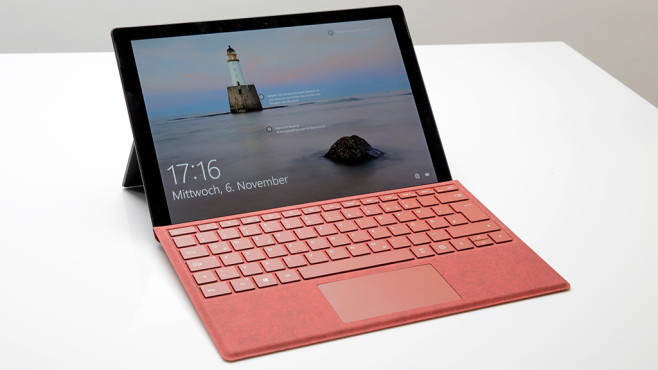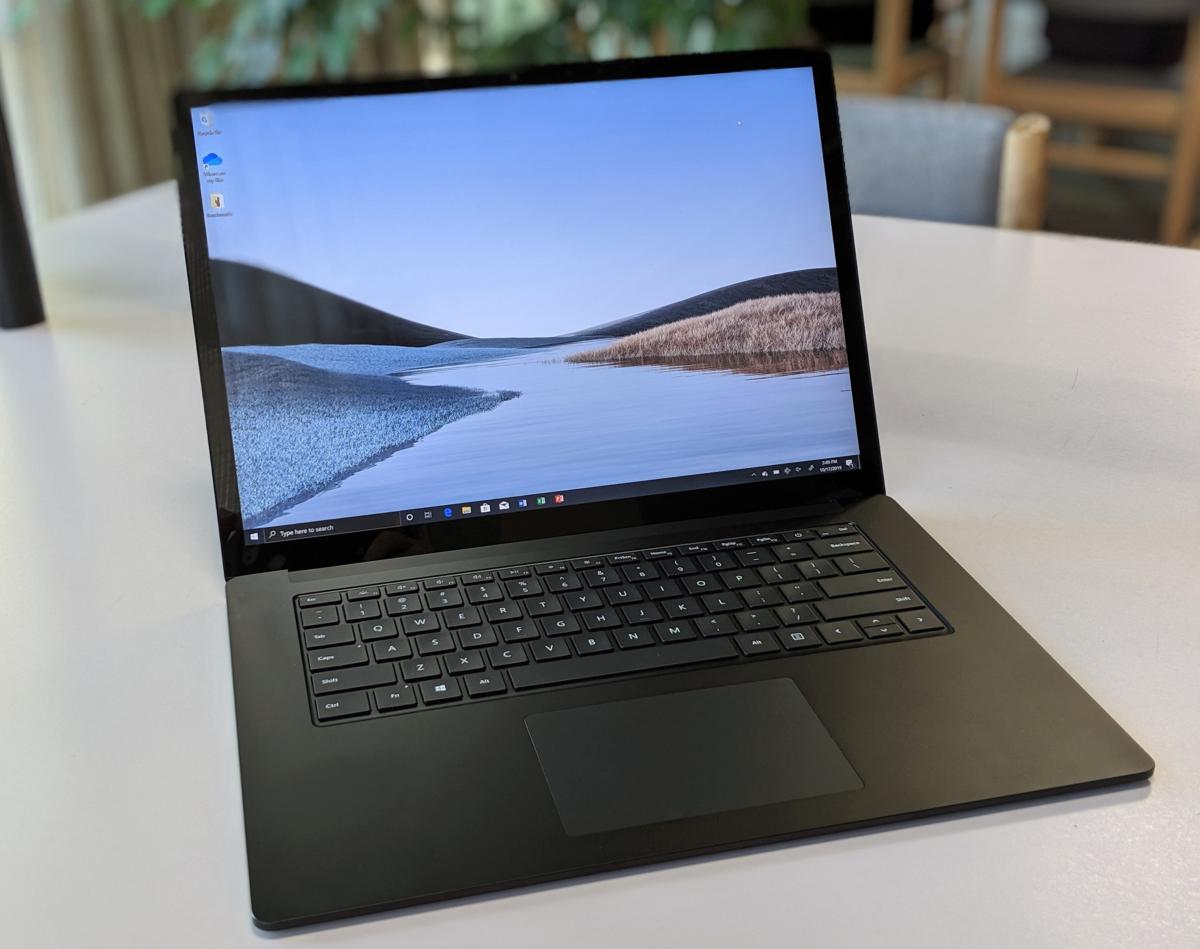

The version tested had a Core i7, 16GB of RAM and 256GB of storage and performed as you would expect from a high-end tablet PC or laptop.

While the i3 will be fine for light usage, most will want the Core i5 or i7 versions, which are considerably more capable. The Surface Pro 7 comes with either Intel’s 10th-generation i3, i5 or i7 processors. The Surface Connect port takes care of power, while the microSD card slot hidden under the kickstand is extremely useful for photographers. It magnetically attaches to the left side of the Surface Pro 7, which is good, but not on the same level as clever the new Slim Pen tray in the keyboard for the Surface Pro X.

The £99 Surface Pen is the same, again making it one of the best styluses available – precise, with low-latency, tilt and plenty of pressure levels. It is disappointingly still not included in the price, costing £125 in black or £150 in red, platinum or blue Alcantara. The keyboard is the same as last year too, making it one of the best on any laptop, let alone a tablet, with excellent key feel, travel and stability, while the trackpad is small, but smooth and responsive. With Microsoft’s excellent 310g Signature Type Cover attached that brings the tablet to 1.085kg, which is lighter than most laptops including the 1.25kg MacBook Air and 1.265kg Surface Laptop 3. All versions are available in Microsoft’s platinum grey colour, while some are also available in black, which is definitely nicer.Īt 775g without the keyboard, the Surface Pro 7 is just shy of 150g heavier than the 12.9in Apple iPad Pro with similar dimensions. The 12.3in screen is still crisp and beautiful, but the large bezels around the sides now look a little dated compared to the Surface Pro X, traditional laptops and mobile tablets. Microsoft’s kickstand design is the best on the market, giving you a large range of angles from working as a laptop all the way down to working as a drawing canvas.


 0 kommentar(er)
0 kommentar(er)
